When you stand on the tee of a golf course and look at the flagpole in the distance, you suddenly think: Can the rangefinder used for hunting at home be used to measure distance? After all, they are all "rangefinders". Can they really not be used interchangeably? This problem might have troubled many players who enjoy both hunting and golf at the same time. Today, let's have a good talk about hunting rangefinders and golf rangefinders, and see what the differences are between them and what limitations hunting rangefinders have when used in golf.

The basic principle of hunting rangefinders and golf rangefinders: They look similar but have different "temperaments"
Overview of Laser Ranging Technology
In fact, whether it is a hunting rangefinder or a golf rangefinder, their core cannot do without laser ranging technology. In simple terms, the instrument emits a laser at the target and then receives the reflected laser. By calculating the round-trip time of the laser, the distance to the target is determined. This is just like when you shout into a valley and judge the distance of the valley based on the time it takes for the echo to return.
The common working principle of the two rangefinders
Laser emission and reception
They all emit a laser beam, and then there is a receiver to capture the reflected laser signal. Just like when a flashlight lights up, the light shining on an object will be reflected back.
Distance calculation method
The distance to the target is calculated by measuring the time from the emission to the reception of the laser and combining it with the speed of light. The basic mathematical logic is the same.
Similarity of basic functions
On the surface, both can perform the basic operation of "measuring distance", which is also one of the reasons why many people think they can be used interchangeably.

The key differences between hunting rangefinders and golf rangefinders: What is the gap between "professional" and "amateur"?
Differences in design purposes
Hunting: Quickly lock onto moving targets
The design of the hunting rangefinder is mainly to quickly identify those animal targets that may be moving in the wild environment. For instance, if you see a running deer, you need to quickly measure the distance to facilitate your next move.
Golf: Precise measurement of static targets
As for the golf rangefinder, its goal is very clear: to precisely measure the position of a stationary flagpole. You stand on the court. The flagpole is right there and won't run away, but you need very precise data to help you choose the club and the hitting force.
The functional focuses are different
Hunting: Ranging speed, Angle compensation, environmental adaptability
Hunting in the wild can be very complicated, with changes in light and weather. Therefore, hunting rangefinders pay more attention to the speed of ranging and can provide data quickly. There is also an Angle compensation function because you might be measuring on a hillside. And the ability to work stably in various environments.
Golf: flagpole locking, slope measurement, hitting advice
When playing golf, you need the instrument to be able to accurately "catch" the flagpole, especially when there are trees, obstacles and other backgrounds around. Many golf rangefinders also have a slope measurement function, which can automatically adjust the distance data according to whether going uphill or downhill, and even give you some hitting suggestions, such as recommending which club to use.
Comparison of measurement accuracy requirements
Hunting rangefinders usually have an accuracy requirement of around ±1 yard, while golf rangefinders are much stricter, generally requiring an error within ±0.3 yards. Don't underestimate this difference of a few tenths of a yard. On the golf course, especially near the green, it may directly affect whether you can get the ball into the hole.
User interface and operational convenience
The operation interface of the hunting rangefinder may be more suitable for quick operation in the wild. For instance, the key design pays more attention to anti-slip and shock resistance. The interface of a golf rangefinder might be more intuitive, and the displayed information is more in line with the needs of golf, such as directly showing suitable clubs, etc. The operation is also more in line with the usage habits when playing golf.

The limitations of hunting rangefinders in golf: These "pitfalls" you need to know
The insufficiency of flagpole recognition ability
The hunting rangefinder does not have a mode specifically designed for golf. When it measures, it may prioritize the object closest to you. For instance, if you want to measure a flagpole, it might end up "aiming" at a tree or an obstacle in front of it.
In a complex golf course environment, hunting rangefinders may have difficulty accurately distinguishing the flagpole from the surrounding background, just like when you are looking for a specific one among a bunch of similar things, it is very hard to find and it is also easy to find the wrong one.
Many hunting rangefinders do not have an automatic slope calculation function or need to be manually turned on, which is very troublesome to operate. When playing golf, it is very common for the terrain to have undulations. Going uphill or downhill will affect the actual distance that needs to be hit. If there is no slope compensation and you play the ball according to the displayed distance, it is very likely that you will apply too much force or too little force, and the ball will not reach the ideal position.
Measurement accuracy issue
When making short-distance measurements, the problem of insufficient accuracy of hunting rangefinders becomes more obvious. For instance, near the green, you need to be precise to a few yards. At this point, the error of the hunting rangefinder might cause you to choose the wrong club, resulting in a putting error.
If you participate in a formal golf competition, be sure to note that many events have regulations on the equipment used. Non-professional golf rangefinders may not be allowed to be used. It would be a pity if the competition results were affected by equipment problems.
The actual experience of playing golf with a hunting rangefinder: Under what circumstances can it be "made do"?
Feasible scenario analysis
If you are just playing casual ball games with friends, not caring about the results and purely for entertainment, then using a hunting rangefinder can be a bit of a problem at this time. At least it can help you roughly know the distance.
When practicing on the practice ground, your main goal is to familiarize yourself with the swing motion, and you don't have such high requirements for the accuracy of the distance. At this time, using a hunting rangefinder to measure a rough range is also fine.
Usage skills and adjustment methods
You can try to measure multiple times and take the average value. This can reduce the error to a certain extent. In addition, try to measure the flagpole at an Angle without any obstructions to avoid the instrument locking onto other objects.
If the hunting rangefinder does not have a slope compensation function, you can estimate the impact of the slope based on your experience yourself, or use some golf apps on your mobile phone to assist in the calculation. However, this is definitely not as convenient as professional instruments.
Professional Advice and Choice Guide: How to Choose Exactly?
When can a hunting rangefinder be considered
If you only play golf occasionally, purely for leisure, have no requirements for performance and don't participate in competitions, then when at the driving range or entertainment sessions, you can consider using a hunting rangefinder. However, you have to accept its limitations.
Recommendations for professional golf rangefinders
If you play golf frequently or want to improve your performance, it is recommended that you choose a professional golf rangefinder. For example, the Gogogo Sport Vpro GS33C has high precision and an excellent flagpole locking function.

Suggestions for choosing a multi-functional rangefinder
Nowadays, there are also some multi-functional rangefinders on the market that combine the functions of hunting and golf. If you often play both, you can consider such products. However, when making a choice, carefully examine whether its functions in golf are professional enough, such as precision, flagpole locking ability, etc.
A balance consideration between budget and performance
When buying a rangefinder, you should choose it based on your budget. It's not necessarily the case that the most expensive one is the best, but don't choose the one with poor performance just to save money. After all, professional equipment can offer you a better playing experience and also help you improve your performance.
Conclusion: Leave professional matters to professional "tools"
Although hunting rangefinders and golf rangefinders have similar principles, they have obvious differences in design purposes, functional focuses, and measurement accuracy. When hunting rangefinders are used in golf, they have limitations such as difficulty in identifying flagpoles, missing slope calculations, and insufficient accuracy, which can affect the playing experience and results.
If you are just having fun occasionally, you can make do with a hunting rangefinder in specific scenarios. However, if you want to play golf seriously, especially to improve your skills or participate in competitions, it is still recommended that you choose a professional golf rangefinder. It can provide you with more accurate data and a better user experience.

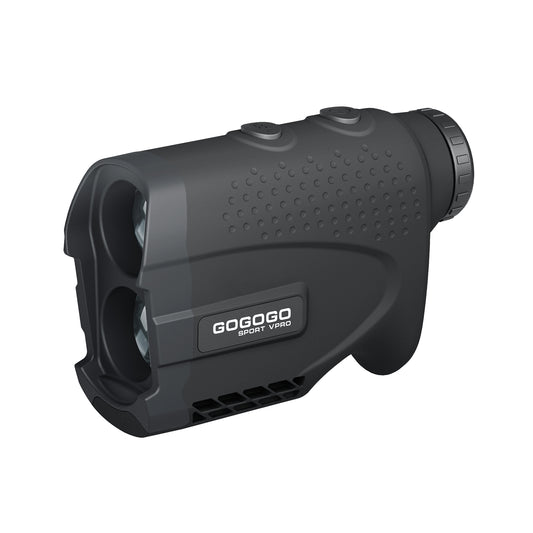
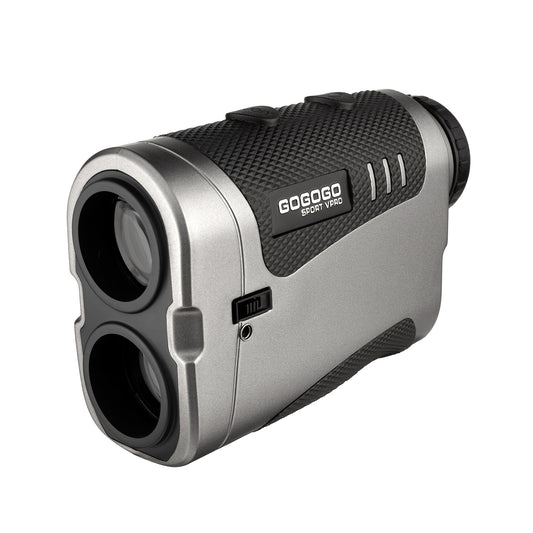
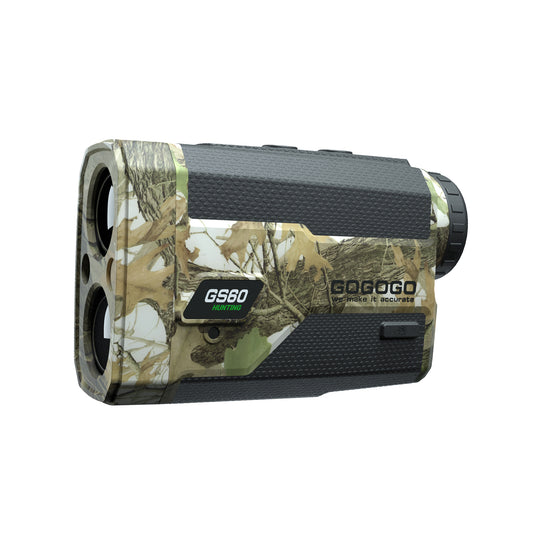
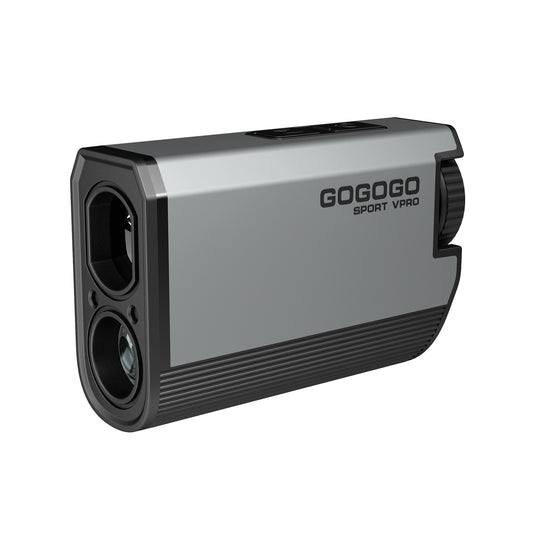
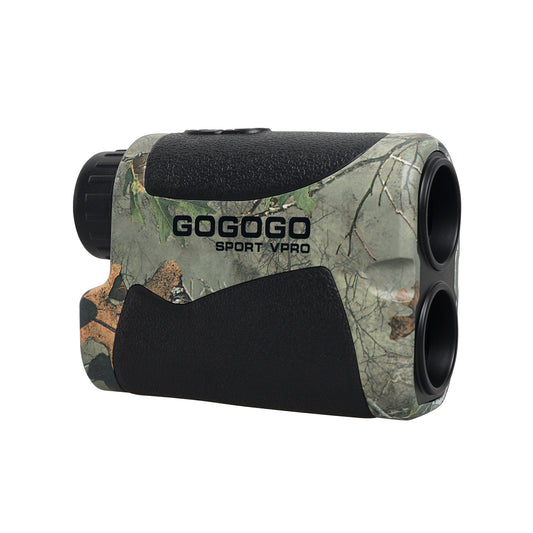
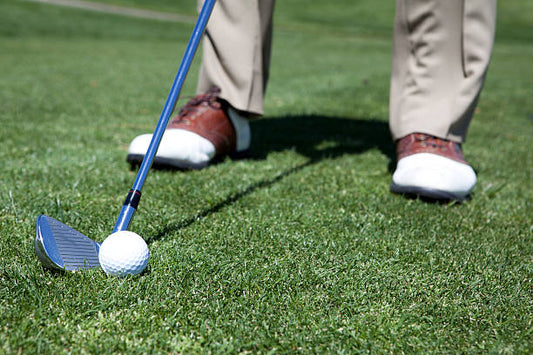
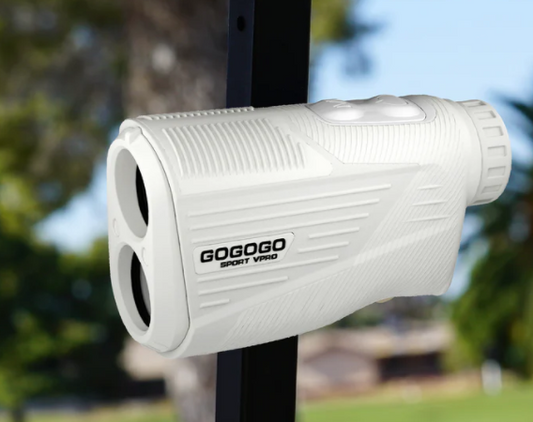

![[2025] The Ultimate Guide to Pinseeker Rangefinders for Golfers](http://gogogosport.com/cdn/shop/articles/gogogo_sport_vpro_pinseeker_rangefinder.png?v=1757993796&width=533)